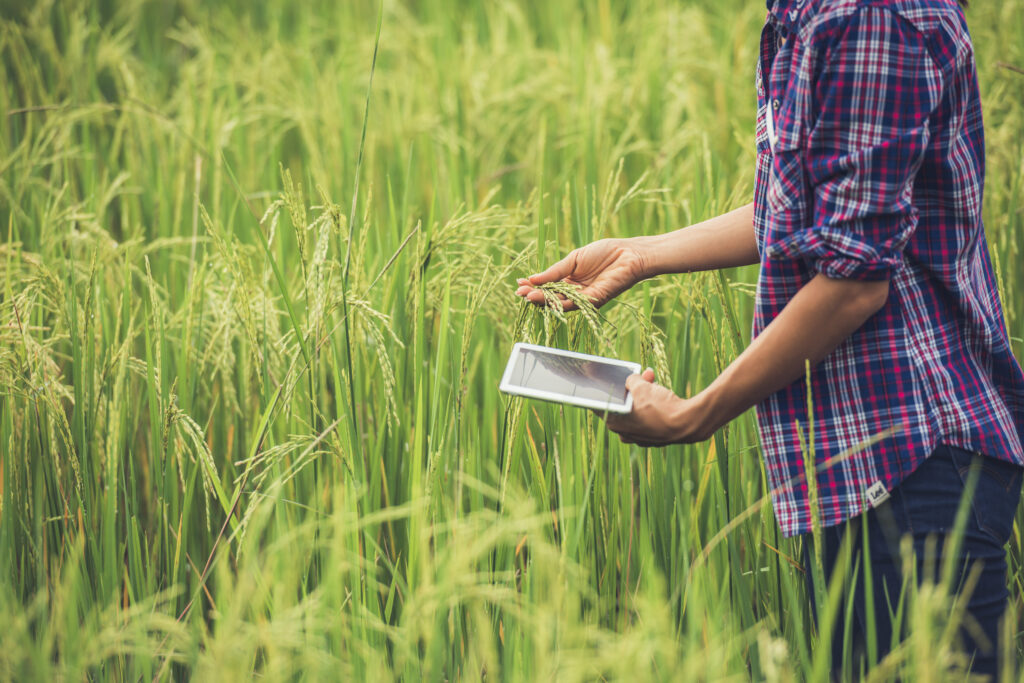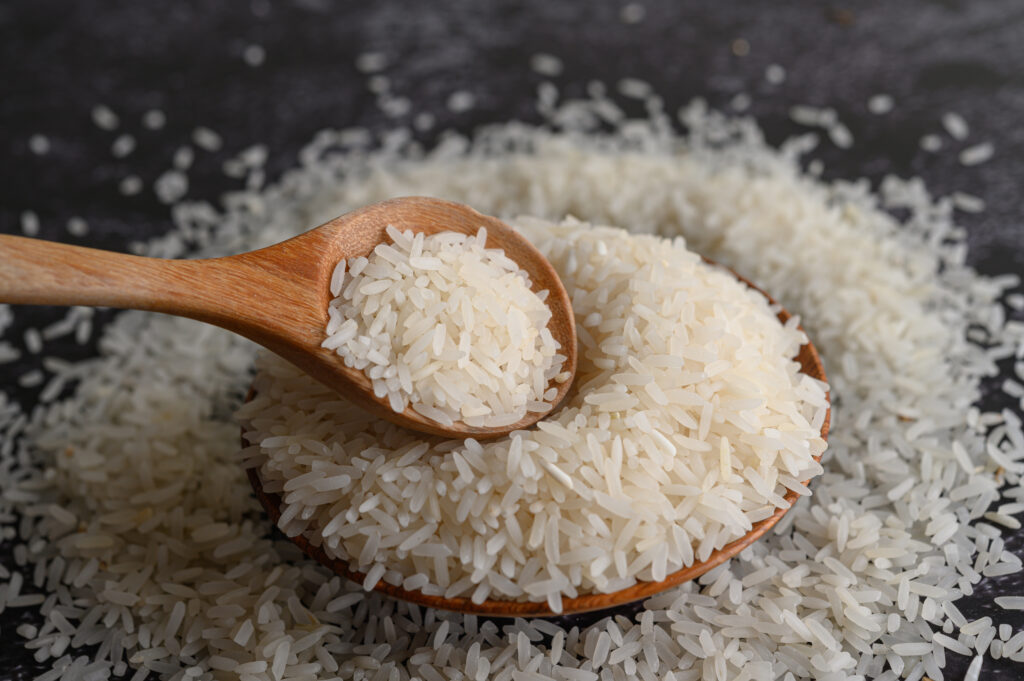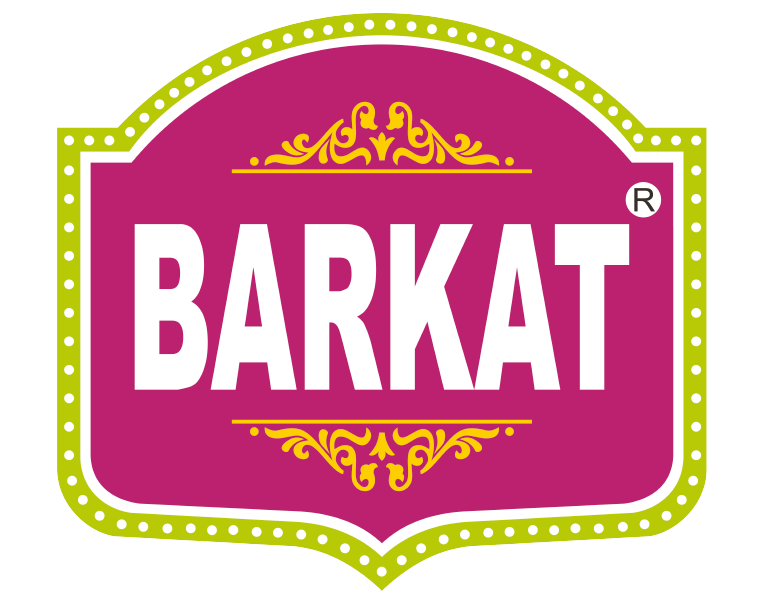There are hundreds of rice varieties grown across India, and yet Basmati remains the most sought-after, both at home and abroad. And for good reason. This long-grain, fragrant rice deserves its popularity. Any chef or home cook will tell you, that it has an unmatched ability to absorb flavours, stay fluffy, and transform a simple meal into something indulgent. Its popularity is reflected in the numbers. In 2022–23, India’s Basmati rice exports hit $5 billion, and demand is rising faster than ever.
A quick scroll through Instagram or a binge session of food shows like Food Safari will tell you just how obsessed the world is with Indian food. From Michelin-starred restaurants to home kitchens in London, New York, and Dubai, Indian flavours.. and Indian rice.. are everywhere. And at the heart of it all is Basmati.

Why Basmati Grows Best in India
Like any crop, Basmati owes its quality to the land it comes from. The Himalayan foothills of Punjab, Haryana, and Uttar Pradesh provide the perfect conditions for its growth. The unmatchable combination of rich alluvial soil, nutrient-loaded glacier-fed irrigation, and a climate that sees scorching summers and crisp winters give Basmati the signature aroma, texture, and length, it is renowned for.
But the thing to note here is that no matter how much demand grows, this unique terroir cannot be replicated elsewhere. Countries like the U.S. and Thailand have attempted to grow similar varieties, in hopes of limiting their reliance on India for export, but nothing quite matches the real deal. It doesn’t stop at the soil. The Indian monsoon also plays a crucial role in this process. Between June and September, steady rainfall helps nourish the crop, providing optimal growing conditions. But sadly, unpredictable weather patterns and rising temperatures due to climate change are forcing farmers to adapt. Many are now using drip irrigation, climate-resilient seed varieties, and precision farming techniques to maintain yields and quality. And while this can help meet the demand, it is not quite like the original premium Basmati rice. Some brands like Barkat are still purists and once source rice from the best Himalayan paddy fields.
Did you know? India produces about 7 to 8 million metric tons of Basmati each year, with Punjab and Haryana alone accounting for 70 percent. Despite climate concerns, sustainable farming methods have increased yields by 15 percent in the past decade.
How India Became the Leader in Basmati Exports
Basmati India’s dominance in the Basmati trade is no accident. It’s a mix of agricultural expertise, technological advancements, and global food trends. Infact, Indian culture has a long and rich history with basmati rice. It is thought to have been grown on the Indian subcontinent for centuries. Ancient writings such as the Vedas mention Basmati and interestingly even the Punjabi folktale, Heer Ranjha, praises its fragrance poetry.
Basmati rice was really popular with the Mughal emperors, who used it to make famous dishes like biryani in their royal kitchens. Basmati’s timeless appeal was highlighted by the 16th-century poet Amir Khusrau, who called it the “fragrance of India.”
Today, farmers continue to use traditional methods but have also embraced modern innovations. Satellite-guided sowing, AI-powered pest control, and government-backed Minimum Support Price (MSP) programs have ensured consistent production. APEDA (Agricultural and Processed Food Products Export Development Authority) enforces stringent quality standards, making sure that only the best Basmati reaches international markets.
One of the biggest contributors to export growth is Sella Basmati rice. It is also our most premium and preferred product type at Barkat. This parboiled variety, which undergoes steaming before milling, makes up 60 percent of India’s Basmati shipments. Its non-sticky texture, golden hue, and long shelf life make it a favorite in Middle Eastern dishes like biryanis and pilafs. The UAE, Saudi Arabia, and Iran remain the top buyers.
In 2023, India exported 5.24 million metric tons of Basmati rice, marking a 14.95% increase from the previous year.
Why More People Are Choosing Basmati?
Basmati has always been the preferred rice in South Asian homes, but its appeal has expanded far beyond traditional markets. The reasons for this can be easily linked to health and lifestyle shifts.
In the Middle East, Basmati is at the heart of dishes like mandi and kabsa. It absorbs spices beautifully and stays fluffy, making it an irreplaceable staple.
In the U.S. and Europe, where people are increasingly conscious of what they eat, Basmati aligns perfectly. Why? Well, basmati has a low glycemic index. Any health fiends know that this makes it a good choice for people managing blood sugar levels. It’s also naturally gluten-free, which appeals to those following specific dietary needs. The rise in plant-based eating has further contributed to demand for premium, non-GMO Basmati varieties.

Supermarkets around the world are recognizing this trend. Walk into a grocery store in New York, Sydney, or Berlin, and you’ll find Basmati sitting alongside everyday staples. Brands are offering more organic and high-end Basmati varieties to cater to changing preferences.
The U.S. imported approximately 25% of its rice as aromatic varieties like Basmati in 2022/23. What more proof is required to highlight a growing trend in consumer preference!
The India-Pakistan Basmati Battle
While India is the undisputed leader in the Basmati trade, Pakistan holds around 25 percent of the market. Both countries have a deep-rooted history of growing this rice being the same territory originally. The competition in the Basmati segment is fierce, with a lot of low quality rice being sold as premium.
To set itself apart, highlight the premium nature of the original Indian basmati and maintain its brand value, India secured a Geographical Indication (GI) tag for Basmati. What this does is that it makes sure that only rice grown in specific regions can be labelled as authentic. This move protects Indian exporters from counterfeit products and solidifies their market position.
Some of the biggest names in the industry include KRBL, known for India Gate Basmati, LT Foods, which owns the Dawat brand, and Barkat Rice. These companies continue to invest in cutting-edge milling processes, sustainable packaging, and digital supply chain improvements to keep India ahead in the global rice trade. And their popularity in the market proves it.
What’s Next for Basmati?
The future of Basmati rice exports looks bright, but there are challenges ahead. Climate change is one of them. Industry malpractice is another. Rising temperatures, irregular monsoons, and depleting water resources mean that farmers need to adopt more sustainable practices. Many are already shifting to direct seeding methods, solar-powered irrigation, and advanced water conservation techniques to reduce their environmental footprint. It is a modern world, after all.
New markets are also opening up. While the Middle East remains the largest buyer, Africa and Latin America are also something to watch out for. Nigeria and Mexico saw a 20 percent increase in Basmati imports in 2023, and this trend is expected to continue.
There is also a wave of innovation in the industry. More organic, fortified, and speciality Basmati varieties are hitting the market. Some startups are even introducing Basmati-based snacks, tapping into the growing demand for healthier, convenient food options.
The global Basmati rice market is projected to grow at a steady 5 percent annually reaching $10 billion by 2025. As demand continues to soar, the focus will be on sustainability, innovation, and ensuring that Indian Basmati maintains its premium status.
A Legacy That’s Here to Stay
For us Indians, Basmati rice is a piece of India’s heritage. A global ambassador of its rich culinary tradition, so to speak. We’ve all been subjected to viral Instagram reels of Nani’s biryani recipes. Or how to make a quick basmati rice pudding. Someone please tell them it’s called “Kheer”. From a dum biryani at a fine-dining restaurant to a home-cooked burritol, Basmati has earned its place on tables across the world.
At Barkatrice, we celebrate this legacy through our actions and commitment to exporting the highest quality Indian Basmati rice. Each shipment grown and processed with the care it deserves. As India continues to shape the global rice market, one thing is clear, Basmati is here to stay, and so is India.
For more insights into the world of Basmati and Indian rice exports, read our blogs.
